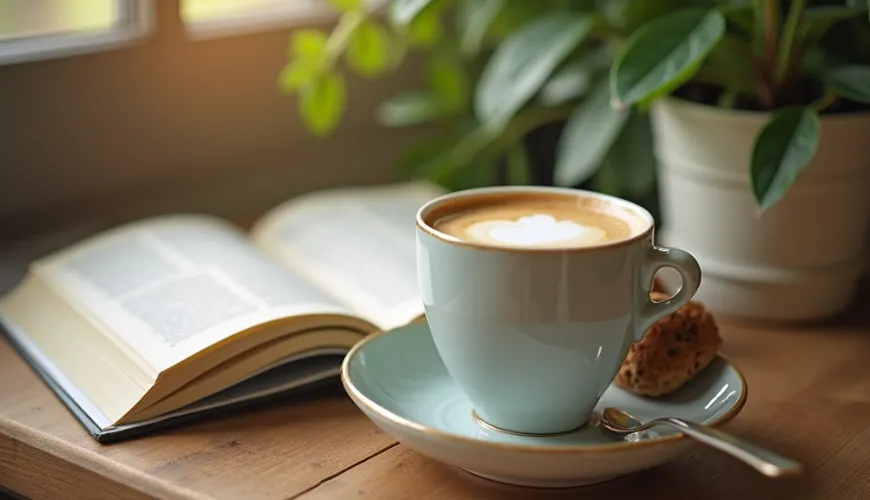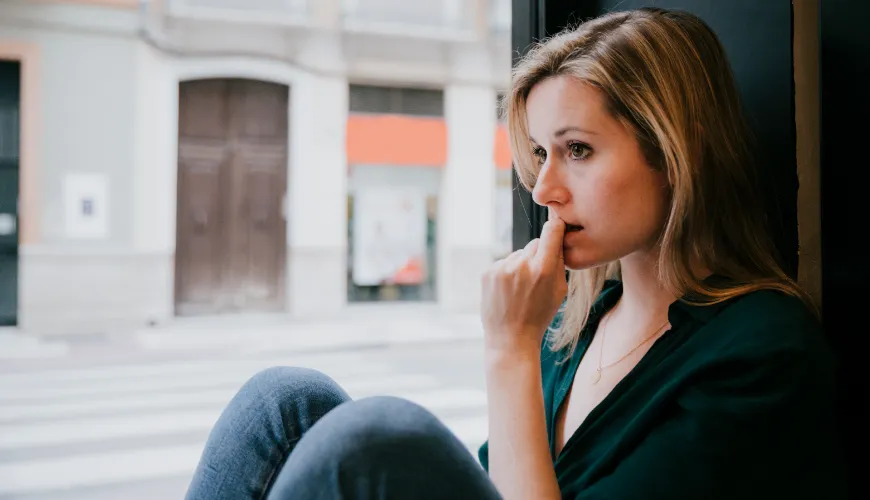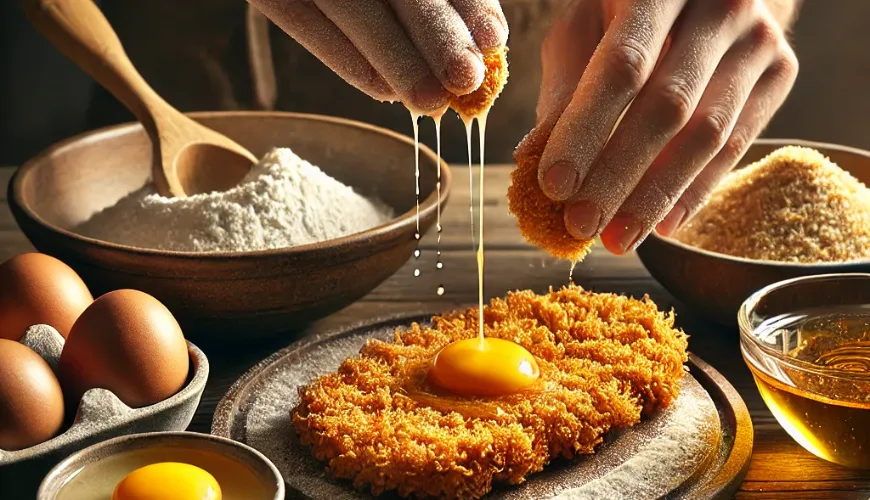
How Much Caffeine Does a Cappuccino Actually Contain and How Do We Perceive It

Cappuccino and Caffeine - How Much Energy Does a Cup of Foam Really Hold?
For many people, coffee is a daily ritual. Its aroma, taste, and especially its stimulating effects are why we can't imagine our mornings—or afternoons or evenings—without it. Among popular coffee drinks, cappuccino stands out as an iconic beverage, with its smooth milk foam, balanced flavor, and elegant presentation that's visually appealing. But how much caffeine does a cappuccino actually contain? And how does its dosage differ from other types of coffee?
Does Cappuccino Contain Caffeine? Yes – But Less Than You Might Think
The answer to whether cappuccino contains caffeine is unequivocal: yes, cappuccino contains caffeine. But the amount of caffeine in your cup depends on several factors—from the size of the drink and the type of coffee beans used to the specific recipe.
A standard cappuccino is based on espresso, which is a small but strong dose of coffee prepared under pressure. Traditionally, cappuccino consists of equal parts of espresso, hot milk, and milk foam—usually in a volume of about 150 to 180 ml. It's the espresso that brings caffeine into the cappuccino.
In one serving of espresso, the basic component of cappuccino, there are approximately 60–80 mg of caffeine. So unless we're talking about a double shot or a larger portion, that's how much caffeine we can expect in a cappuccino. Compared to regular drip coffee, which often contains over 100 mg of caffeine in a standard cup, it's a relatively mild dose.
However, this doesn't mean that cappuccino lacks energizing effects. Thanks to the combination of caffeine and milk, its effect is gentler but still noticeable. Moreover, milk slows down the absorption of caffeine, meaning its effect is spread out over time. Therefore, cappuccino is an ideal choice for those seeking stimulation without experiencing a sudden energy spike and drop.
Cappuccino Versus Other Coffee Drinks
The difference between cappuccino and other types of coffee—such as latte, flat white, or americano—lies not just in the amount of milk foam but also in the overall volume and therefore the concentration of caffeine. Cappuccino and caffeine relate differently than in other drinks.
For example, a latte contains the same espresso as a cappuccino but significantly more milk—often up to 250 ml. This means the caffeine is diluted, and even though the drink is larger, the caffeine dose remains similar. Flat white, on the other hand, is usually made with a double espresso and thus contains almost twice the caffeine compared to cappuccino.
For comparison:
- Espresso (30 ml): approx. 60–80 mg of caffeine
- Cappuccino (150 ml): approx. 60–80 mg of caffeine
- Latte (250 ml): approx. 60–80 mg of caffeine
- Flat White (160–180 ml): up to 120–160 mg of caffeine
- Drip Coffee (240 ml): approx. 95–120 mg of caffeine
From this, it follows that cappuccino is the golden mean—it offers a typical coffee experience with a balanced amount of caffeine, often sufficient for stimulation without overloading the nervous system.
How Does Our Body React to Cappuccino?
Caffeine acts on the human body as a central nervous system stimulant. It increases alertness, improves concentration, and can lead to better performance—but only in certain amounts. According to the European Food Safety Authority (EFSA), the safe daily dose of caffeine for an adult is around 400 mg, which corresponds to roughly four to five cups of coffee.
In practice, this means that three to four cappuccinos a day are within the safe zone, provided one does not consume caffeine from other sources—such as tea, chocolate, or energy drinks. On the other hand, caffeine sensitivity varies significantly among individuals. While some can drink cappuccino in the evening and sleep without issues, for others, even an afternoon cup can cause insomnia.
One common myth is that milk "neutralizes" caffeine. This is not true—milk does not eliminate caffeine, but it influences the rate of its absorption. As a result, the effect is more gradual, and the body tolerates it better. This is one reason why people who usually feel jittery after coffee often choose cappuccino as a gentler option.
Caffeine in Cappuccino: What Affects Its Amount?
At first glance, all cappuccinos might seem caffeine-wise identical, but the reality is much more varied. The caffeine content in a cup of cappuccino is not a constant; rather, it's a small cocktail of various influences that can significantly alter the final caffeine amount. One of the main factors is the type of coffee beans. If you have coffee made from Arabica, you get a mild taste and lower caffeine—about half compared to Robusta, which is quite invigorating.
Many cafes use quality Arabica, but some blends are enhanced with a touch of Robusta to give the coffee more kick. Then comes the strength of the espresso itself—not all espressos are created equal. It depends on how much coffee is used, how it's ground, the pressure applied, and the extraction time—each of these details affects how much caffeine ends up in your cup. Also, portion size matters. Some places serve cappuccino made with a double espresso, instantly doubling the caffeine dose without significantly altering the taste.
Moreover, technology plays a role—home automatic coffee machines can't compare with professional ones from cafes, so not all cappuccinos are the same. It's somewhat of an alchemy—the result can vary across locations, preparation methods, and the beans used.
It's wise to be attentive when visiting a cafe—one cup may not be like another. If you're making cappuccino at home, you have the option to adjust the caffeine content to your preferences.
A Practical Example: Why a Barista Adjusted Cappuccino for a Pregnant Customer
In a café in Brno, a regular customer who was in an advanced stage of pregnancy ordered her favorite cappuccino. The barista noticed her condition and offered her the option of switching to a decaffeinated version. Many people believe that cappuccino is so "milky" that the caffeine in it is insignificant. But even one serving of espresso can be a crucial factor for sensitive groups—such as pregnant women or people with high blood pressure. This small detail illustrates how important it is to be mindful not only of the taste but also the effect of what we drink.
What If You Love Cappuccino but Not Caffeine?
The good news is that there are alternatives. If cappuccino is part of your routine but you want to avoid caffeine, you can opt for cappuccino made from decaffeinated coffee. Today's decaffeinated blends are very high quality—indistinguishable in taste from the classic, but with minimal caffeine content (usually under 5 mg per serving). Such a cappuccino can be enjoyed in the evening without worrying about disrupting your sleep.
Another option is an alternative cappuccino—for example, made from barley, chicory, or dandelion root. These drinks contain no caffeine at all, but thanks to careful preparation and combination with milk and foam, they create a similar experience to a classic cappuccino.
"Coffee doesn't always have to mean caffeine. For many, it's a ritual, a moment of peace, aroma, and taste. And that can be experienced even without a stimulant." – says barista and trainer Lucie Konečná from the Czech SCA
As our approach to food evolves, so does the way we think about coffee. Cappuccino with caffeine is not a necessity—but a choice we can tailor to our lifestyle.
Cappuccino remains one of the most popular coffee drinks worldwide—and it's no wonder. It offers a harmony of flavors, a pleasant appearance, and a gentle stimulating effect. Whether you enjoy it in the morning while reading the newspaper, in the afternoon with friends, or in the evening in a decaf version, one thing is certain: cappuccino and caffeine go hand in hand—but you decide how far.

